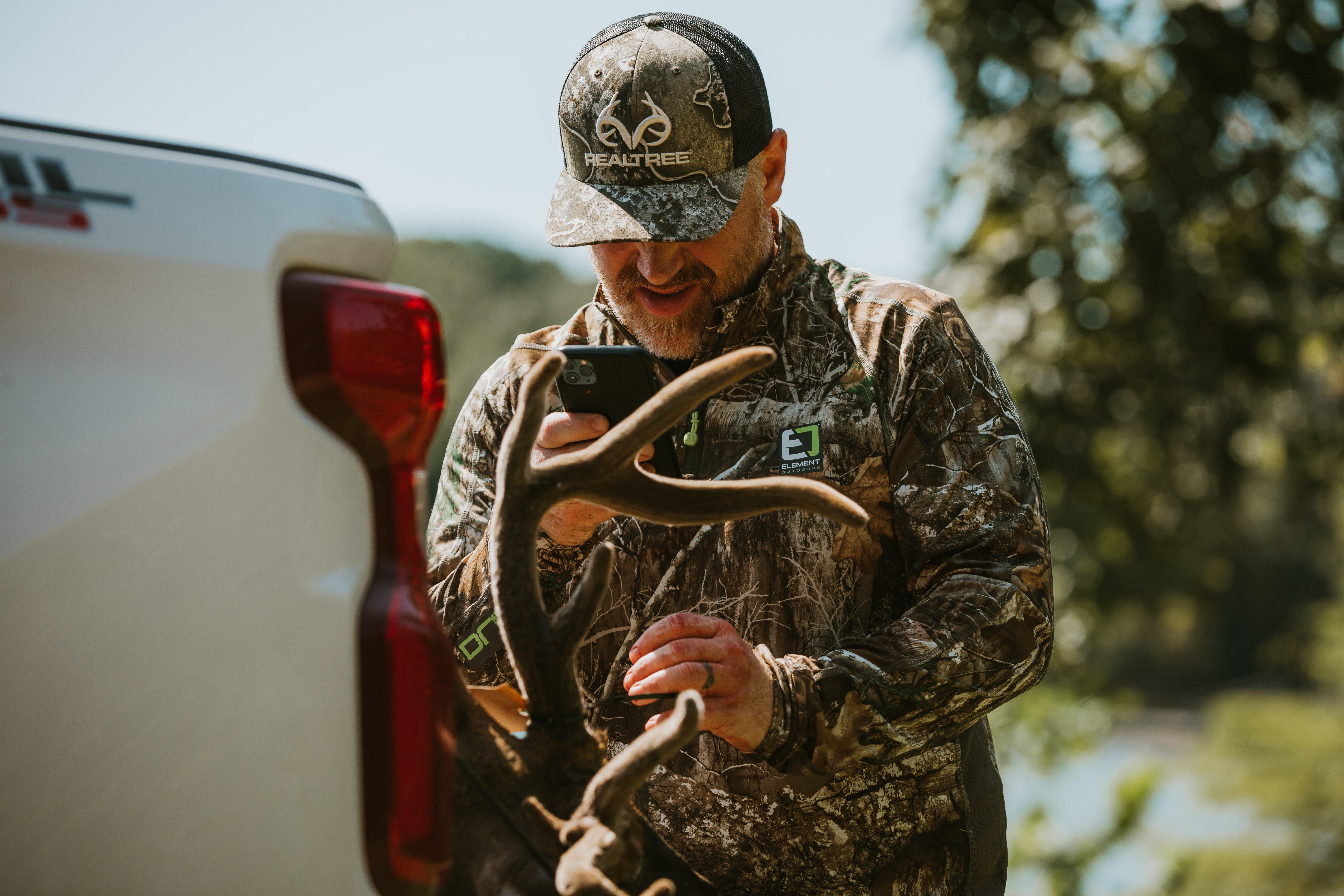If you’re not bowhunting already, you will be in a few weeks, and chances are the September or early October weather will be warm to downright hot.
Whether you shoot a doe or a 150-inch buck, it is both your ethical and legal obligation to properly care for the meat. Allowing an animal to spoil is not only the biggest sin in the hunter’s code of conduct, but in an extreme case a conservation officer could cite you for wanton waste.
You want to do right and you want good, clean venison. Here are some things to keep in mind when the temperature is 50 to 60 degrees and beyond.
After the Shot
On a warm day, climb out of your stand and go look for a deer as soon as you can. The less time between shot and recovery, the less the meat will degrade in heat.
A deer hit solidly in the heart and/or lungs will die fast and almost always within 100 yards. You should be able to find your deer within 15 minutes or so, helping to ensure quality meat from the animal.
When I hit a deer a tad back, in the liver, I generally prefer to wait two hours before trailing. But if it is 50 degrees or warmer (bacterial growth increases at 40 degrees and up), I push it. Dark-red blood at the site of impact and on an arrow indicates a liver hit, which is lethal. Wait 30 minutes maybe, then go find that animal.
We never want to hit a deer in the guts, but let’s not stick our heads in the sand — it happens. In warm weather, this presents your second-biggest dilemma.
When a broadhead and arrow pierce a deer’s paunch, blood fills the body cavity, with much of it staying in the blood vessels. The animal does not bleed out quickly, and hence the quality of the venison suffers. If you wait too long to recover the deer, the blood will spoil and ruin the meat.
The old bowhunters’ rule is to wait eight to 12 hours before following a gut-shot deer. If you wait that long when it’s 50 degrees or above, your intentions may be good, but there’s a good chance you will lose that meat.
Over the years, I have found that many deer shot in the paunch die quicker and closer to your stand than you might think. I’ve left deer for eight hours or more, only to find them within a couple hundred yards of my stand, stiff as a post and apparently dead for six hours or so. All things considered, I say give it four hours max and go and hope for the best.
Find It, Cool It
Say a little prayer of thanks and tag the animal. Next, get the meat cool as soon as you can. In many places I’ve hunted across the South, my fellow hunters and guides rarely even gut a deer. They load it in the pickup and head for the nearest meat processor. I always feel a little funny doing this, like I’m missing out on something in the hunting experience. Least I can do is gut a deer and get my hands dirty, right?
In many places I’ve hunted across the South, my fellow hunters and guides rarely even gut a deer.
But really, it is the best thing you can do in warm to hot weather. A good processor will skin the deer in minutes and hang it in cold storage, ensuring top-quality protein.
Your next best option is if your camp or a friend has a walk-in cooler. Field-dress the deer as soon as you find it, turn it over, and drain as much blood out of the body cavity as you can. Haul it to the cooler, and hang it at a chilly 34 to 38 degrees.
Skin It
In September or early October, it never hurts to skin a deer as quickly as possible so the meat will begin to cool down. This is a must if you don’t have access to cold storage and intend to hang your deer in the shade of a tree. To do this, the air temperature needs to be 40 degrees or cooler at night.
Ice It
If you have a long drive home with a field-dressed deer carcass, buy a few 10-pound bags of ice and stuff them tight inside the body cavity to help the cool-down process.
In a remote area, common when you’re hunting mule deer and sometimes whitetails, your best and sometimes only option to preserve the meat is to skin and quarter a buck and pack it out as soon as possible.
I know you won’t forget to carve out the tenderloins, but don’t neglect the little inside tendies, and slabs of neck meat. If your state requires it, remember to leave proof of sex attached to one hindquarter, too.
Packing out a skinned and quartered animal requires the use of game bags to keep the meat clean and to protect it from flies, which are always a pesky problem in warm weather. Left unchecked on a warm day, flies will lay eggs on the meat. Nobody wants that.
Should You Ever Leave a Buck Overnight?
Short answer, no.
I’ve had several bad experiences with bucks I’ve shot at last light and left overnight. I won’t do it now if the temperature is 40 or above. And 40 is marginal; I believe you need the night air to dip down into the low 30s or cooler to have any hope of salvaging good, tasty meat from a deer that has lain on the ground, guts in, for 12 hours or more.
This is the most agonizing dilemma that I hope you are not forced to deal with this archery season. But if you are …
Go back to your truck, relax for a few minutes, and replay the shot in your mind. Regroup. Call a couple of experienced hunting buddies (no more than two) and tell them to bring powerful lights. Head out slowly, pick up the blood, and try your best to find your deer. Look all night if you have to. Most of the time you’ll find that deer, and end up with 50 or 60 pounds of wonderful freezer meat to show for it.















